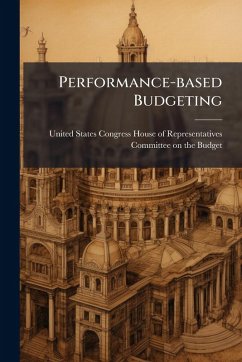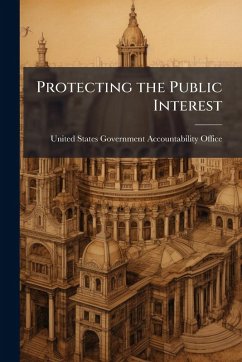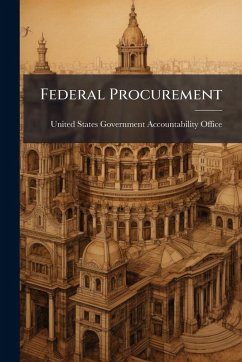
Balancing Government Risks With Contractor Incentives in Performance-Based Logistics Contracts

PAYBACK Punkte
9 °P sammeln!
The use of Performance-Based Logistics (PBL) as a sustainment strategy for weapon systems has been mandated by the Department of Defense (DoD) and largely embraced by acquisition and contracting professionals in both government and private industry. Despite its apparent success, there is an inherent conflict that DoD implementers of PBL often face: the PBL goal of developing long-term partnerships that encourage investment from commercial partners is best achieved through lengthy, guaranteed contracts--but such contracts increase the DoD's risk in an environment that is intended to transfer mo...
The use of Performance-Based Logistics (PBL) as a sustainment strategy for weapon systems has been mandated by the Department of Defense (DoD) and largely embraced by acquisition and contracting professionals in both government and private industry. Despite its apparent success, there is an inherent conflict that DoD implementers of PBL often face: the PBL goal of developing long-term partnerships that encourage investment from commercial partners is best achieved through lengthy, guaranteed contracts--but such contracts increase the DoD's risk in an environment that is intended to transfer more risk to the contractor. This research examines issues associated with the type and length of PBL contracts between DoD organizations and private industry. The thesis addresses the question of how the DoD can ideally balance PBL contracts to mitigate operational and financial risks while simultaneously building long-term partnerships that encourage investment from commercial contractors. The results reveal five main areas in which the government should focus its efforts to improve PBL implementation. This work has been selected by scholars as being culturally important, and is part of the knowledge base of civilization as we know it. This work was reproduced from the original artifact, and remains as true to the original work as possible. Therefore, you will see the original copyright references, library stamps (as most of these works have been housed in our most important libraries around the world), and other notations in the work. This work is in the public domain in the United States of America, and possibly other nations. Within the United States, you may freely copy and distribute this work, as no entity (individual or corporate) has a copyright on the body of the work. As a reproduction of a historical artifact, this work may contain missing or blurred pages, poor pictures, errant marks, etc. Scholars believe, and we concur, that this work is important enough to be preserved, reproduced, and made generally available to the public. We appreciate your support of the preservation process, and thank you for being an important part of keeping this knowledge alive and relevant.












